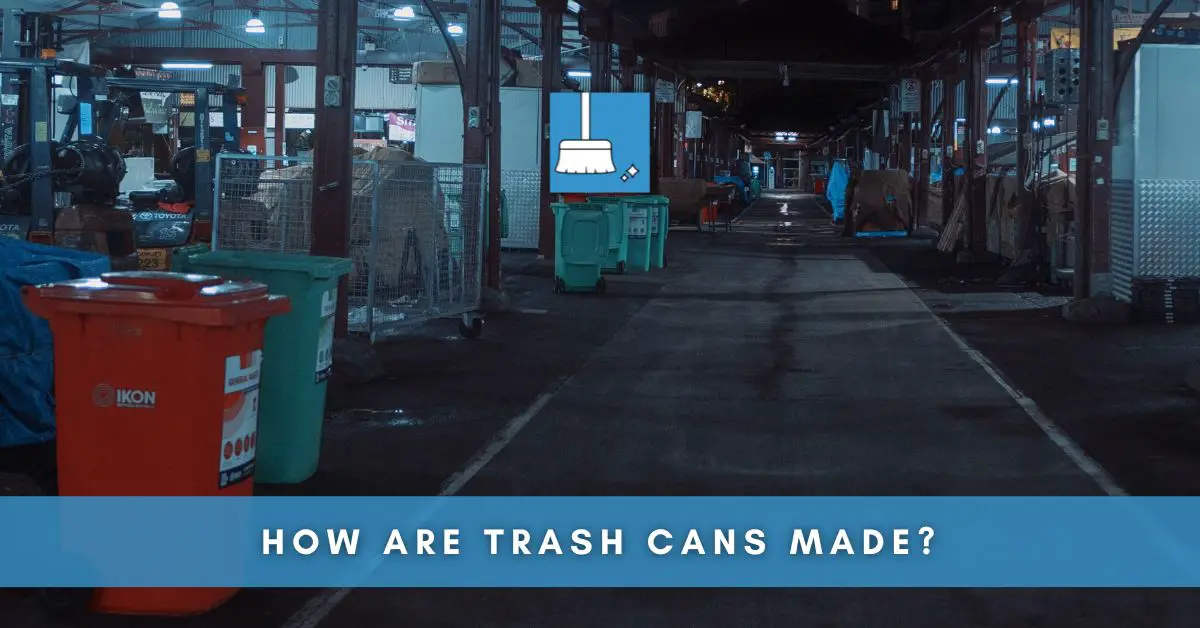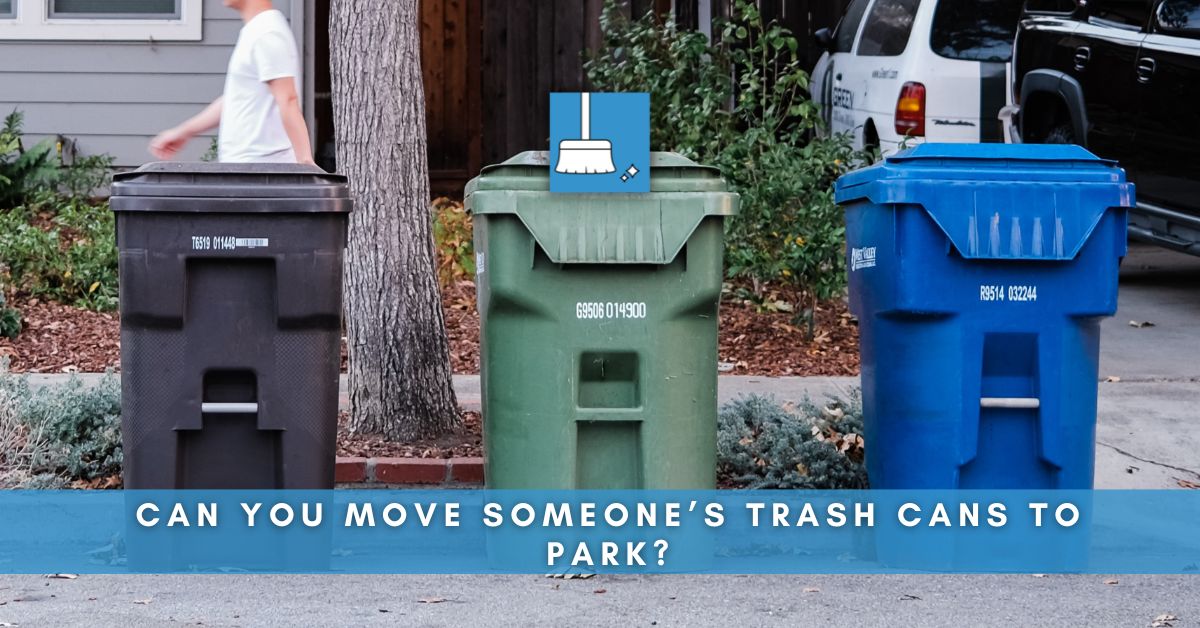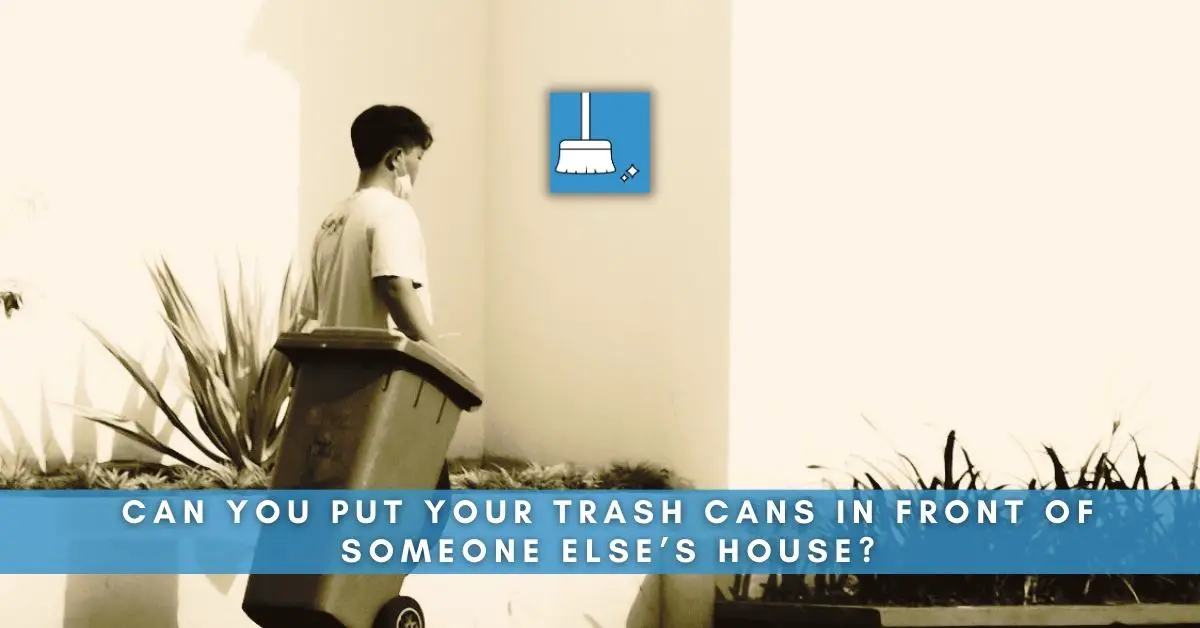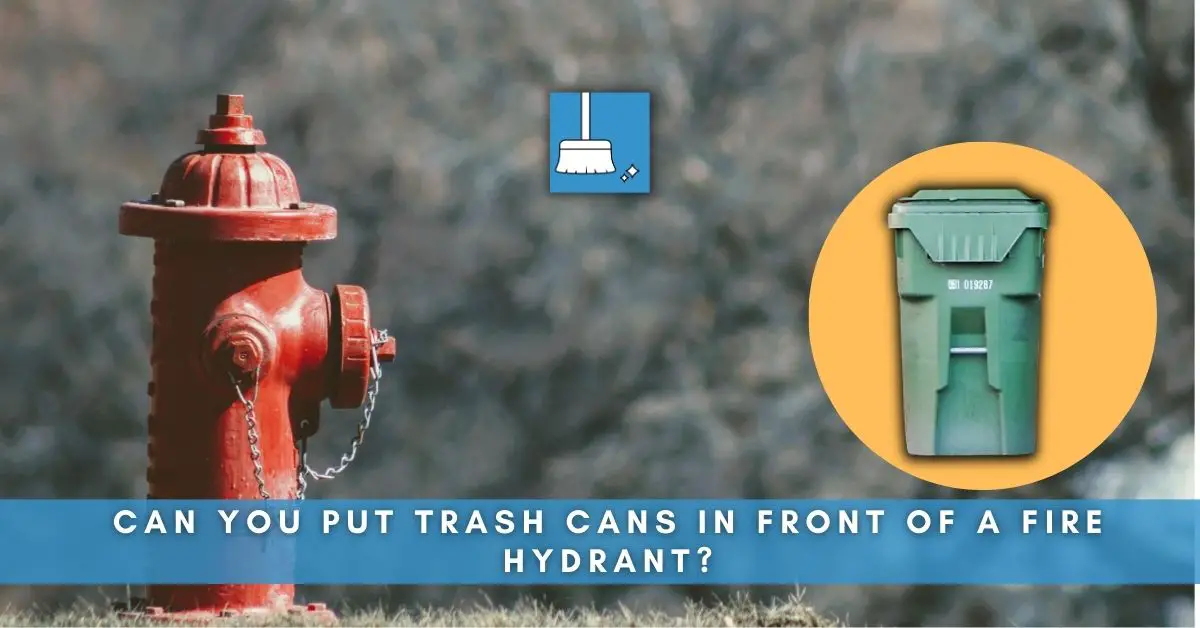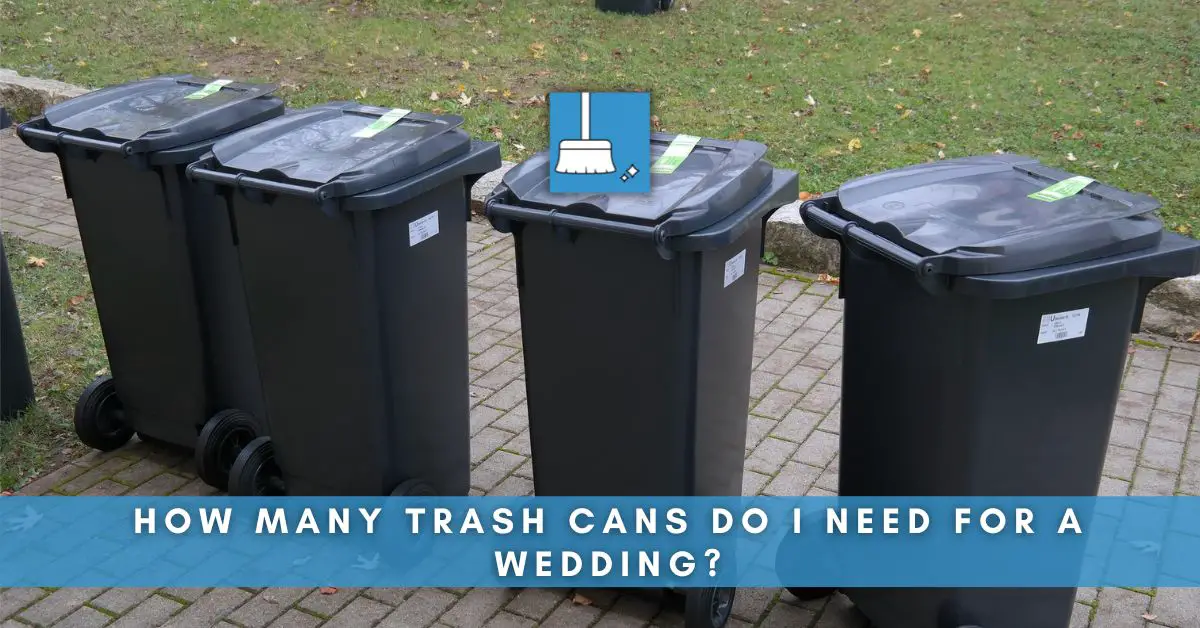Trash cans play a vital role in waste management. It is common to try to know how our phones are made and how are laptops are made but a poor neglected trash can is not asked the question “How were you made?”. Let’s answer this question in this article!
Materials Used in Trash Can Manufacturing
Variety is the spice of life, and so do the materials for garbage bins. Let’s delve into the top three materials used in manufacturing trash cans – Steel, Plastic, and Wood or Wicker.
Steel (Strength and Durability)
Steel is a popular choice in trash can manufacturing, renowned for its sturdiness and longevity. Steel trash cans resist weather elements, making them ideal for commercial outdoor use.
Not only are they durable, but they also come in different styles like dome lids or door access designs offering variety and adaptability.
Plastic (Versatility and Cost-Effectiveness)
Plastic trash cans, on the other hand, offer lightweight and budget-friendly options. Made from materials like polyethylene and polypropylene, these bins resist vandalism and are easy to maintain.
Although less sturdy compared to steel or concrete options, they are available in a plethora of colors and designs.
Wooden and Wicker (Aesthetic Appeal)
Lastly, wooden and wicker trash receptacles provide an eco-friendly and visually appealing option. Favored for their natural aesthetics, they blend seamlessly with various settings and are usually made from sustainably harvested wood.
Manufacturing Process of Trash Cans
This process beautifully walks the line between consideration for the environment and functional design.
1- Raw Material Selection and Preparation
Raw Material Selection for a trash can primarily focuses on HDPE (High-Density Polyethylene) due to its high impact strength.
Raw Material Preparation is an electricity-intensive stage, requiring around 25-35 kWh per tonne of raw material.
2- Mold Design and Development
Mold Design is an important aspect where the aesthetics of the trash can are considered to attract people towards garbage disposal. Modifications are made according to needs like middle foot pedals, side foot pedals, and stiffeners.
Jumping into the production end, the ‘Injection Molding or Casting Process’, and ‘Cooling and Finishing Stage’ continues the journey.
The outdoor trash can gets its shape during the casting process while cooling solidifies and gives the final touch.
3- Printing and Labeling
The last process is Printing and Labeling which ensures clear visibility of labels and guides for easy sorting of waste. The meticulous design and well-marked labeling make it functional and user-friendly in a public environment.
Design Considerations for Trash Cans
Selecting a waste container goes beyond mere function: design and aesthetics play a significant role too.
# Functionality: Lid Operation, Handles, and Foot Pedals
Lid operations, such as lift-off or foot pedals, enhance usability while handles and wheels aid in waste disposal. For instance, Songmics offers a range of trash cans featuring convenient foot pedals for hands-free operation.
# Aesthetics: Color, Shape, and Textures
Color, shape, and texture can significantly enhance the visual appeal of your space.
Different manufacturers offer bins in various shapes (round, half-round, square) and finishes (satin aluminum, smooth, hammered copper), catering to an array of aesthetic preferences.
# Special Features: Recycling Separation and Odor Control
Special features like recycling separation compartments and odor control measures add functional value.
Trash cans with sturdy lids help maintain odor control, while dual or triple compartments make waste sorting easier, promoting sustainable recycling habits.
Choose wisely, as your waste receptacle can impact both practicality and aesthetics.
Quality Control in Trash Can Manufacturing
Quality control holds significant importance in the manufacturing of trash cans. Implementing a thorough quality control process ensures the production of robust, durable, and functional trash cans.
Let’s delve into the significant aspects of quality control in trash can manufacturing.
# Testing for Strength and Durability
Manufacturers focus on the overall strength and durability of a trash can. Robust design, coupled with sturdy materials like hard plastics or metal, ensures the can’s longevity.
- Strength Tests: These tests include resisting impact, handling heavy waste, and standing up to harsh environmental conditions.
# Ensuring Proper Functionality
The functionality of a trash can is as critical as its durability.
- Lid Functionality: The lid should fit snugly, preventing the escape of unpleasant odors.
- Mechanism check: The opening mechanism should operate smoothly for easy waste disposal.
Thus, strict quality control in trash can manufacturing ensures you get a resilient, functional product worth your investment.
Environmental Considerations in Trash Can Manufacturing
Trash can manufacturing has also taken a greener path, focusing on environmental sustainability and lessening pollution.
Using Recycled Materials
The use of recycled materials in production is not only energy-efficient but also contributes to resource conservation. This practice significantly reduces the required energy for developing new products, as observed in recycling practices by US EPA.
Toter, an industry-leading trash can and dumpster manufacturer, has introduced the industry’s first 100% recycled cart body–highlighting a significant leap towards sustainability in manufacturing.
Reducing Waste and Environmental Impact
The prevention of waste creation stands as the preferred environmental strategy.
Through mindful manufacturing that upholds environmentally friendly practices, waste management innovations, such as recycling, contribute to reduced environmental hazards and significant economic savings.
References
https://net-railing.cn/know-the-importance-of-waste-containers/
https://www.housedigest.com/1082383/budget-friendly-trash-cans-to-add-some-style-to-your-bathroom/
https://polyfuze.com/industries/waste-recycling-sanitary/
https://calrecycle.ca.gov/organics/slcp/collection/systems/
https://www.sciencedirect.com/topics/materials-science/mold-design
http://onlinemanuals.txdot.gov/txdotmanuals/lad/aesthetics_of_transportation_system_elements.htm
https://cals.cornell.edu/dairy-extension/what-we-do/food-safety-resources/good-manufacturing-practices
https://www.howardcountymd.gov/public-works/recycling

